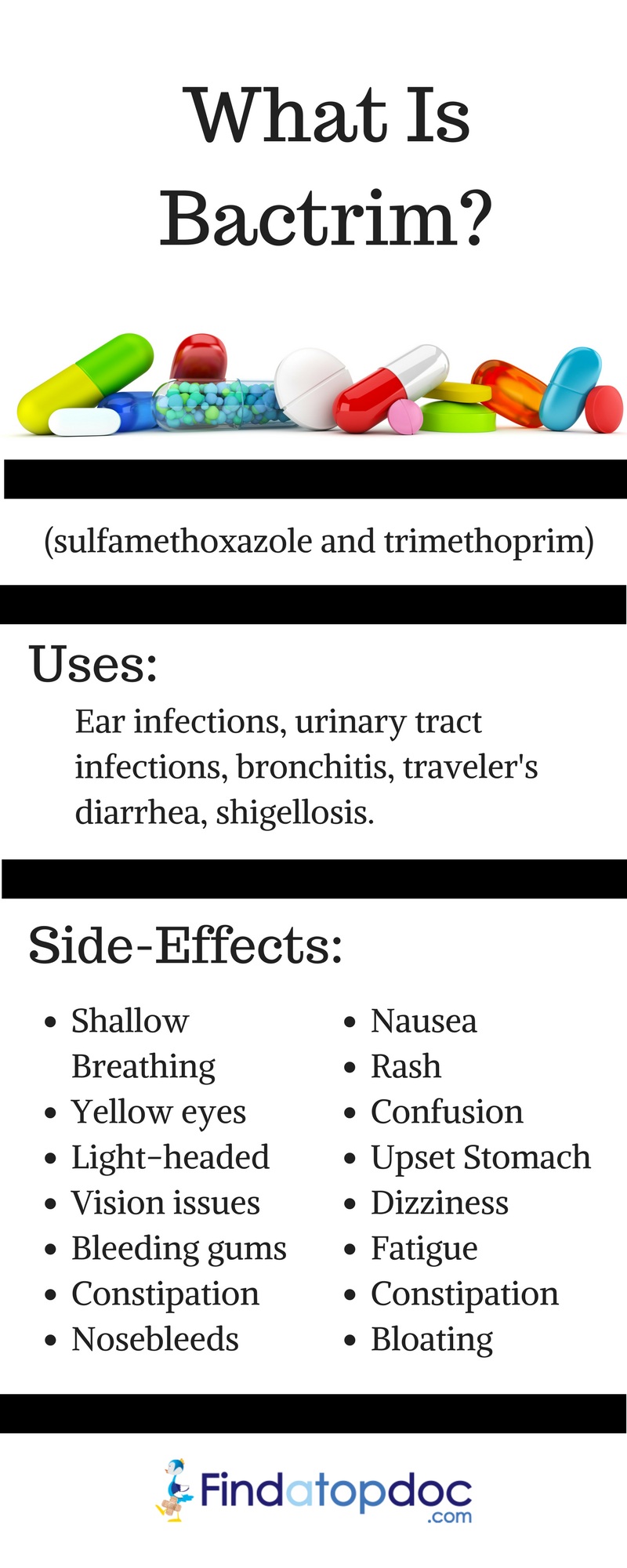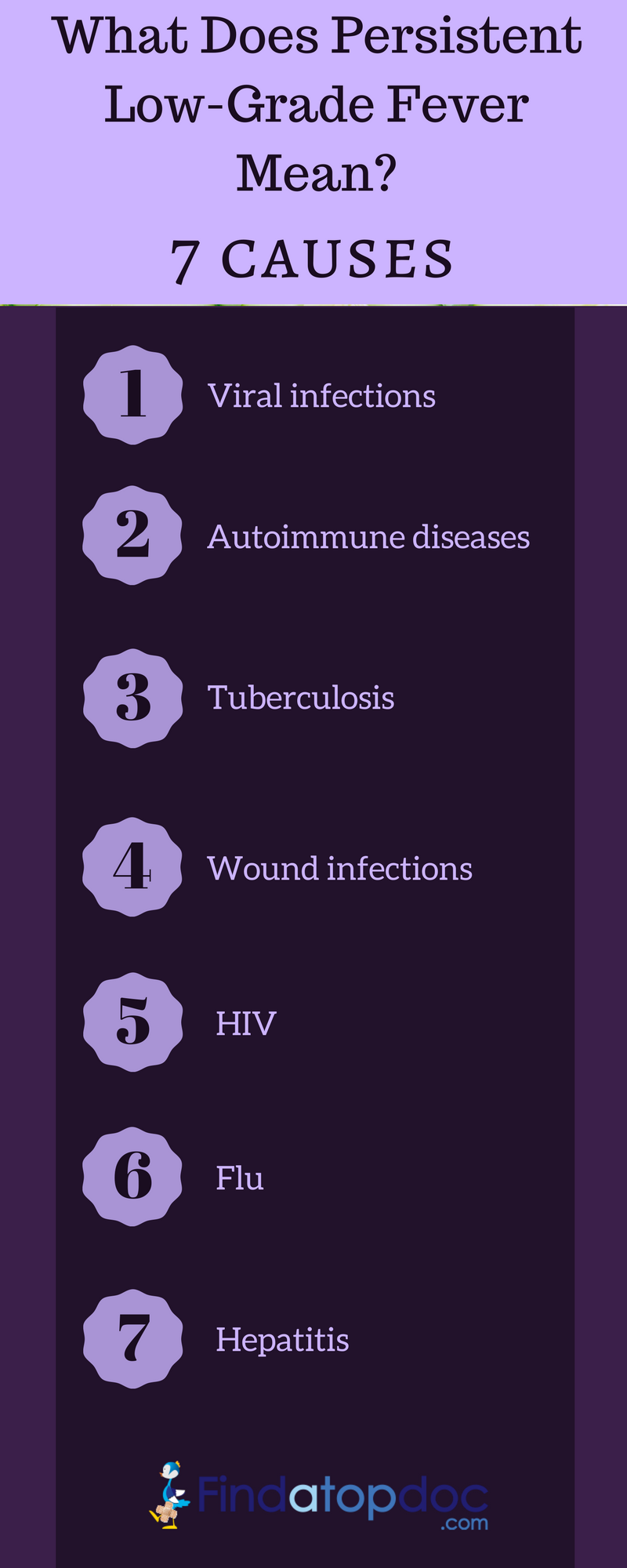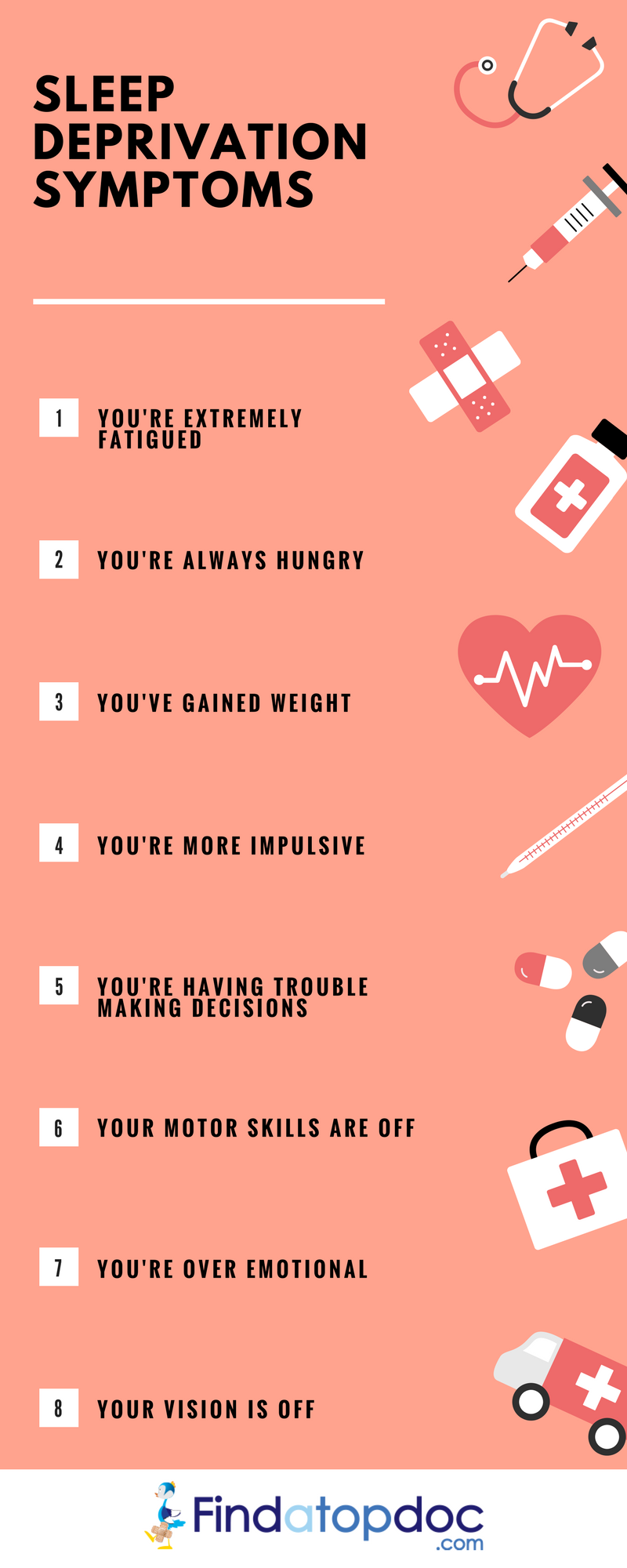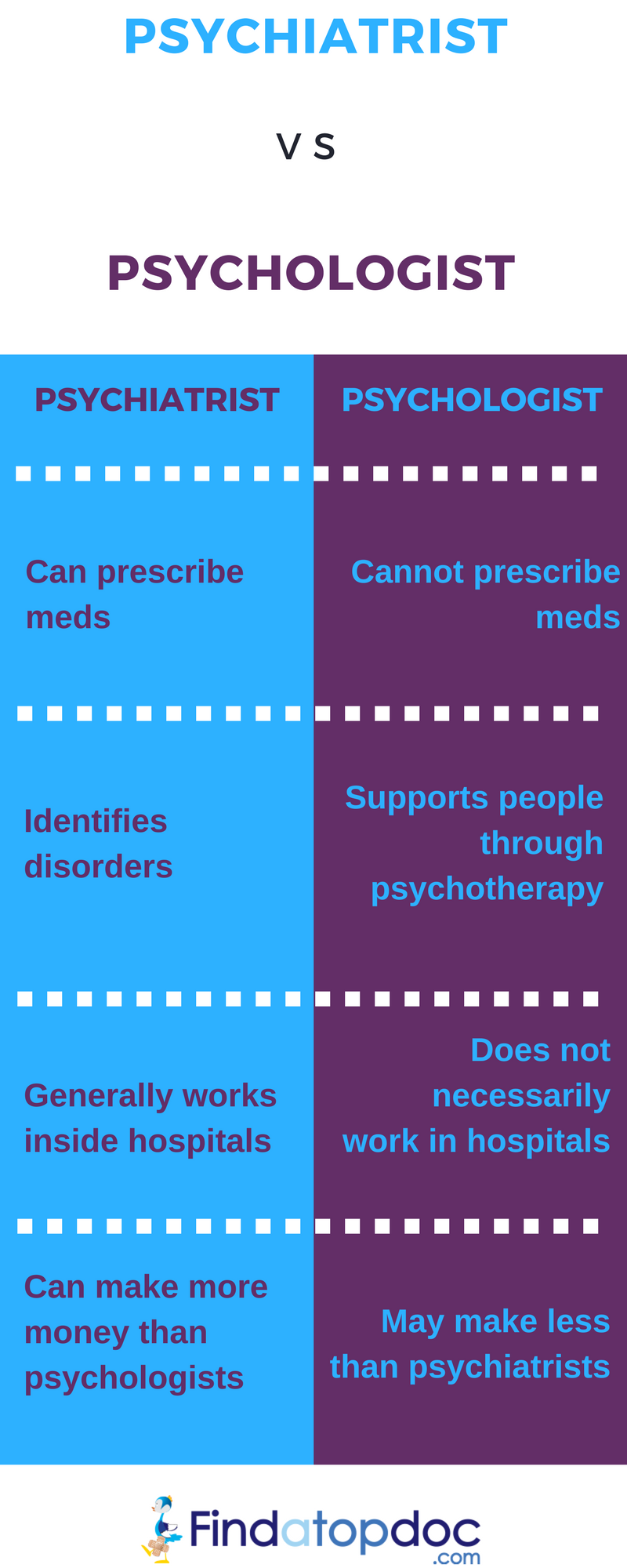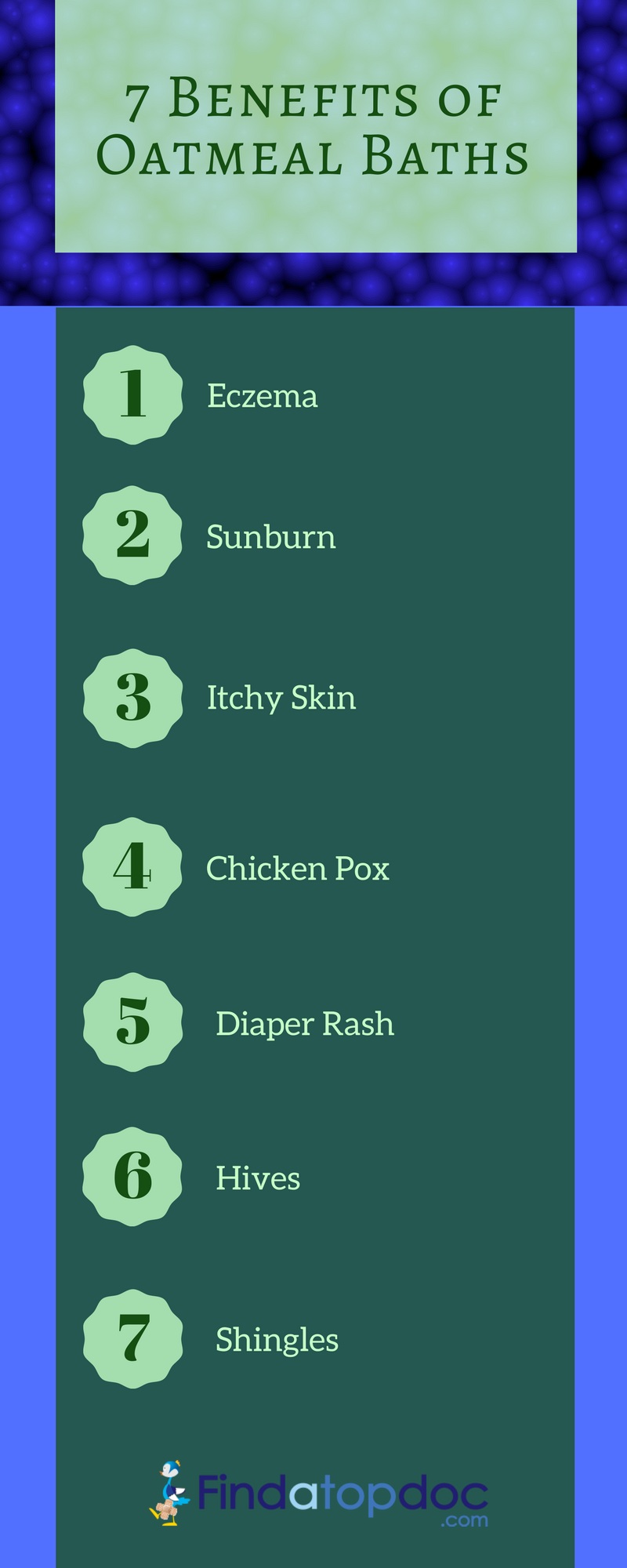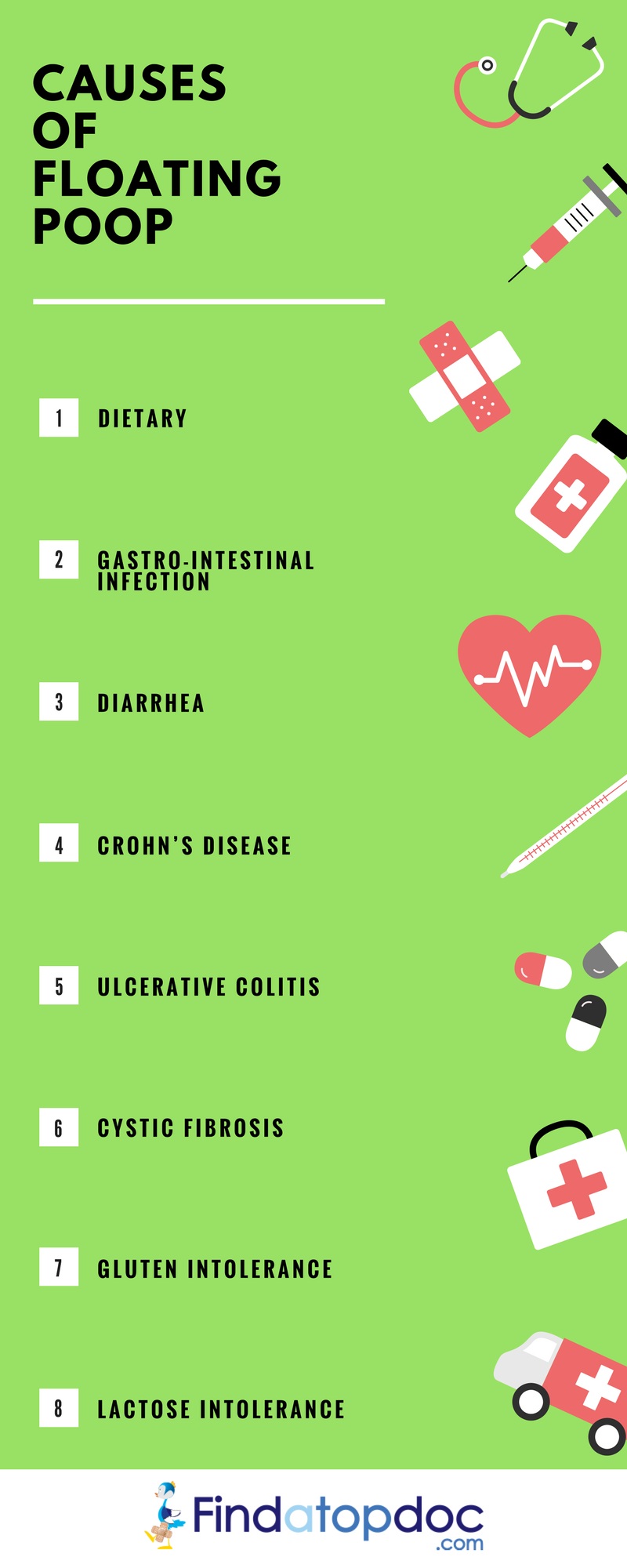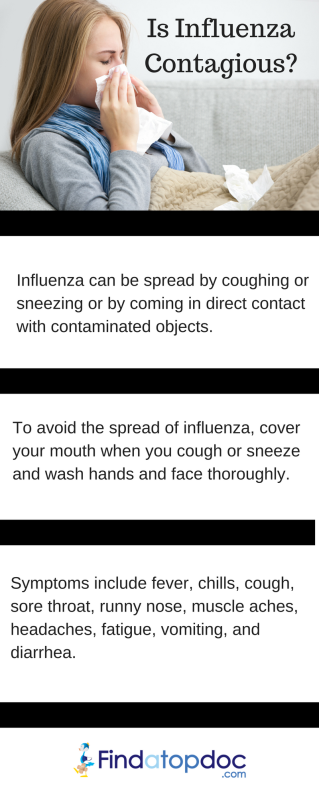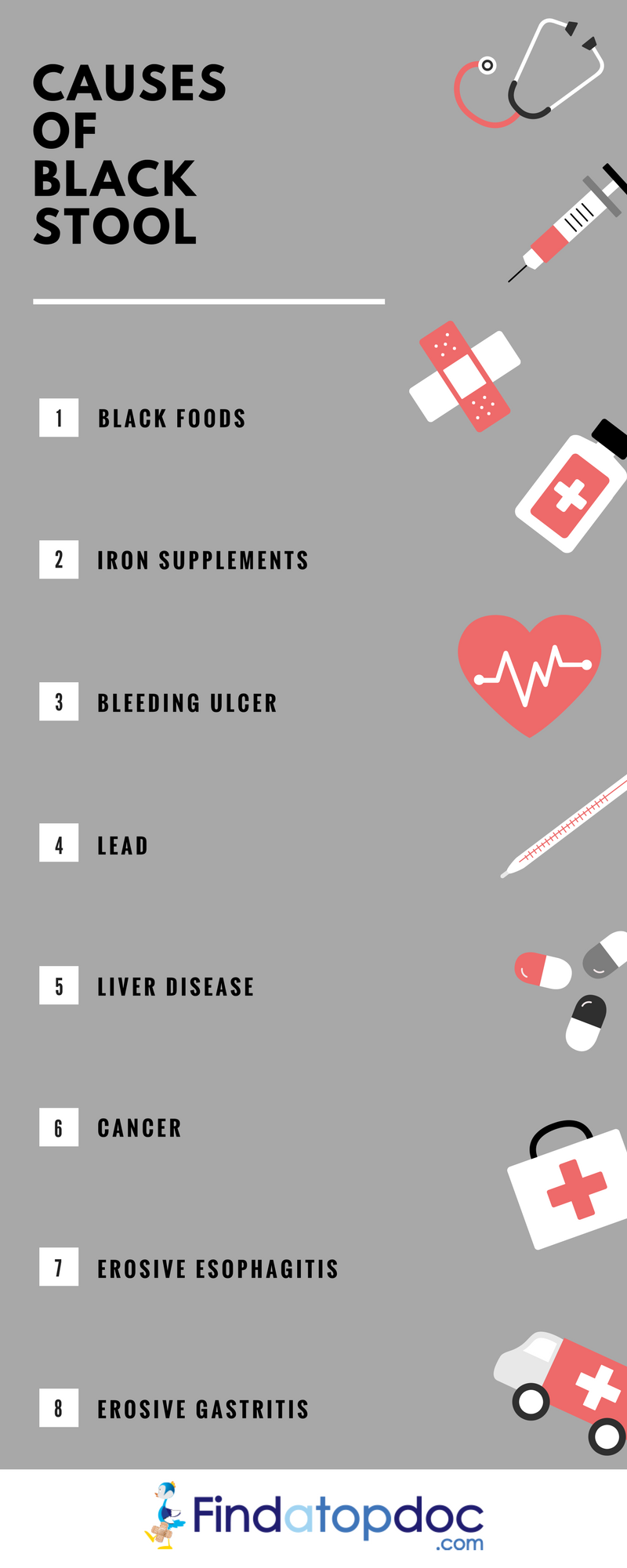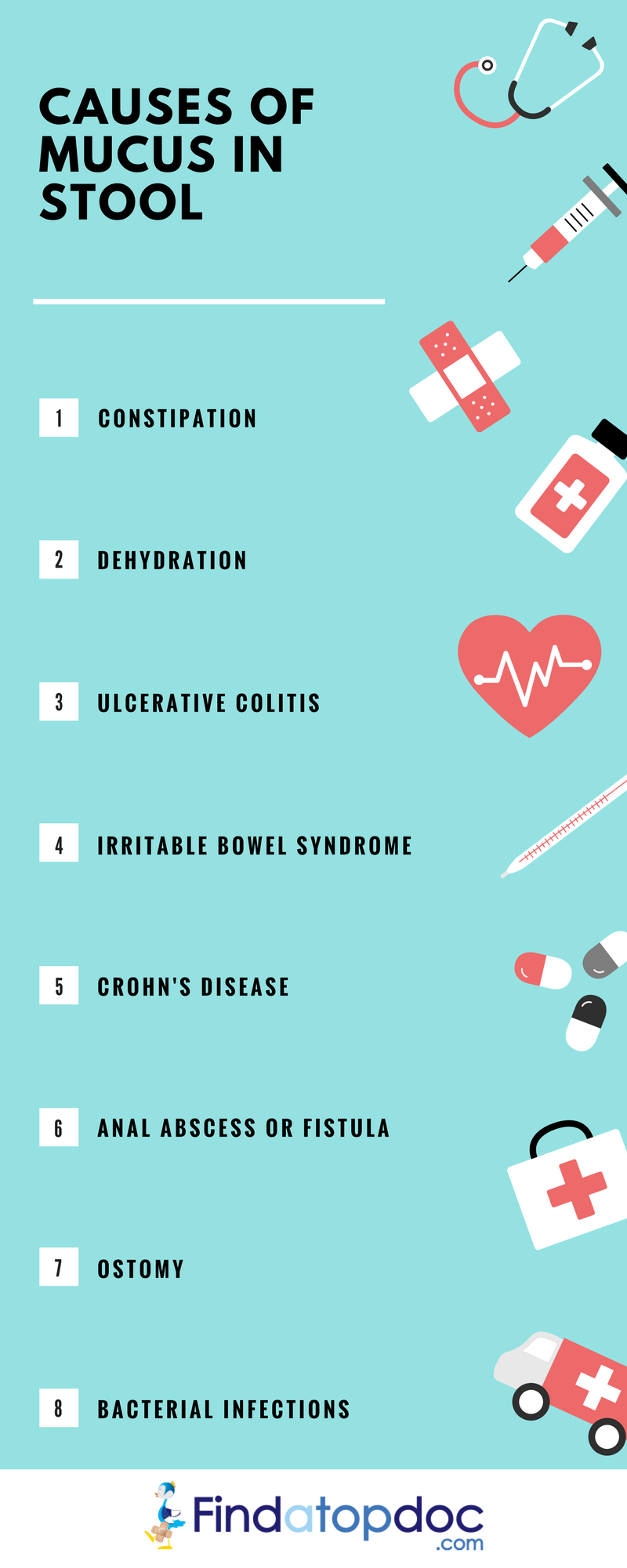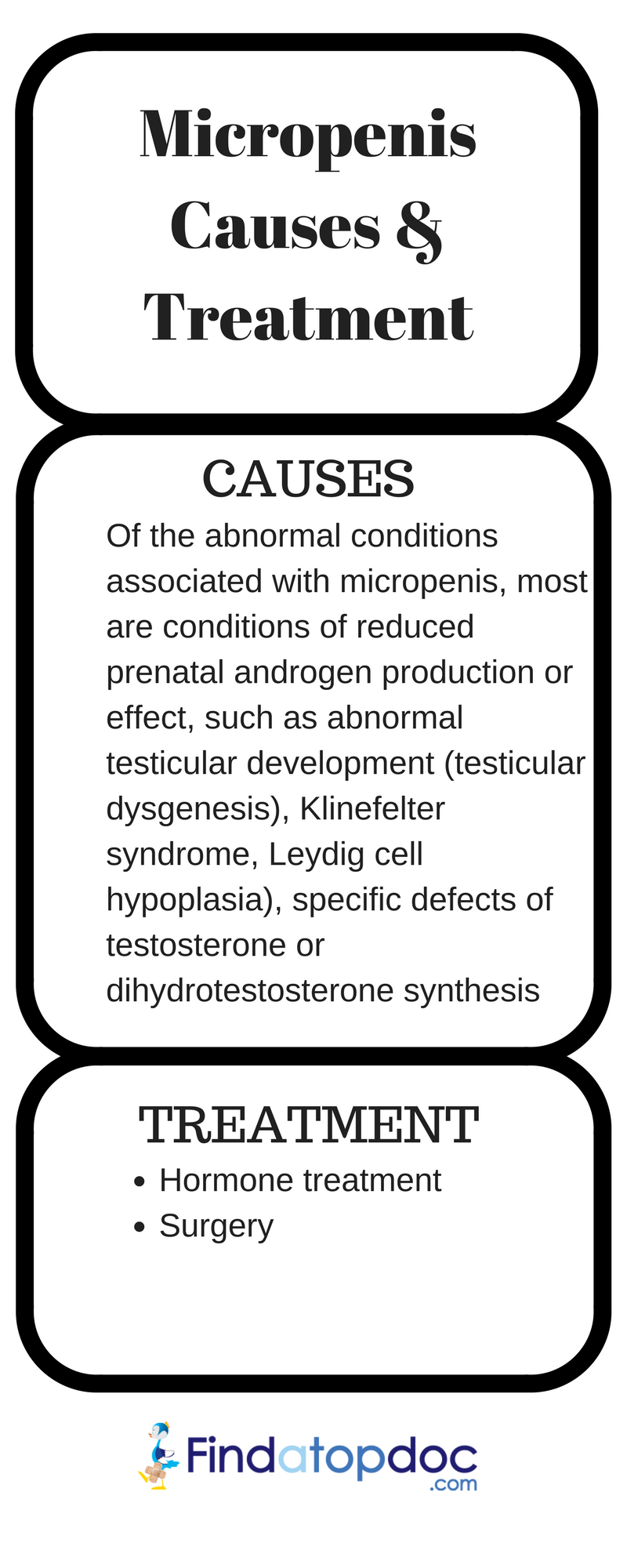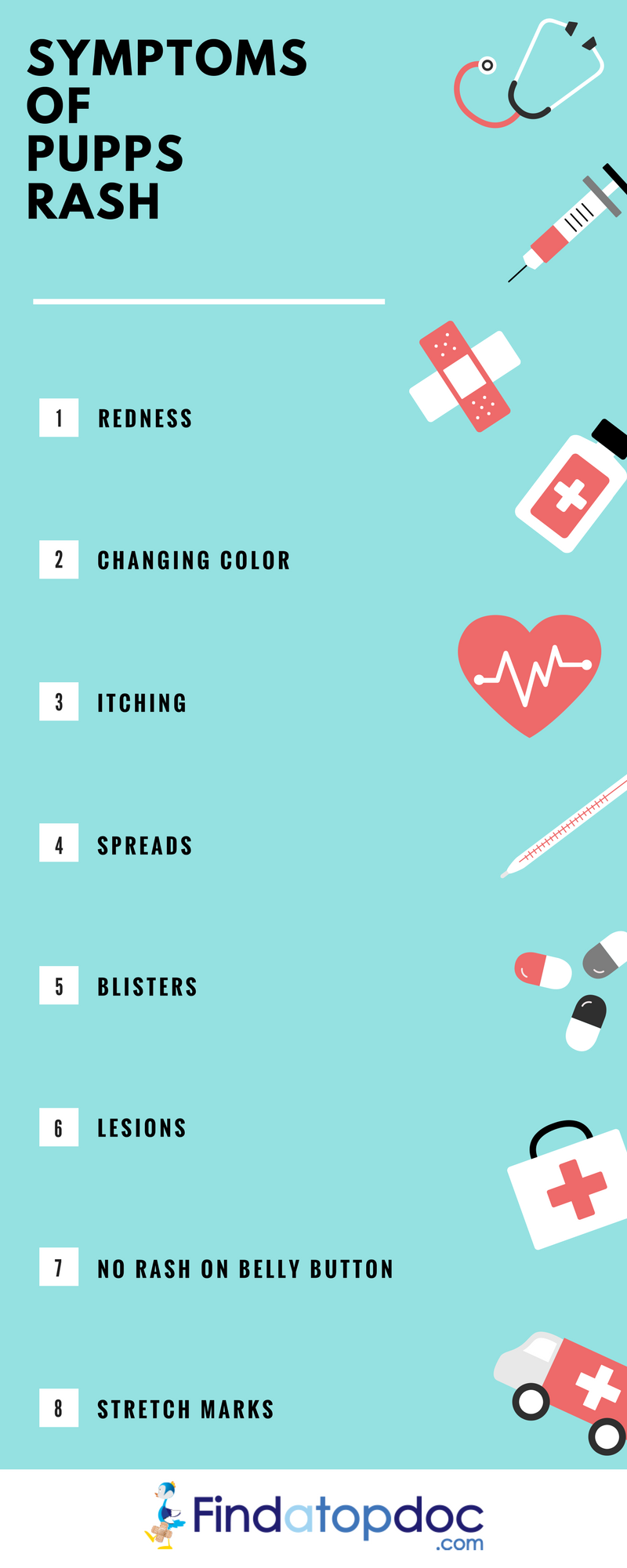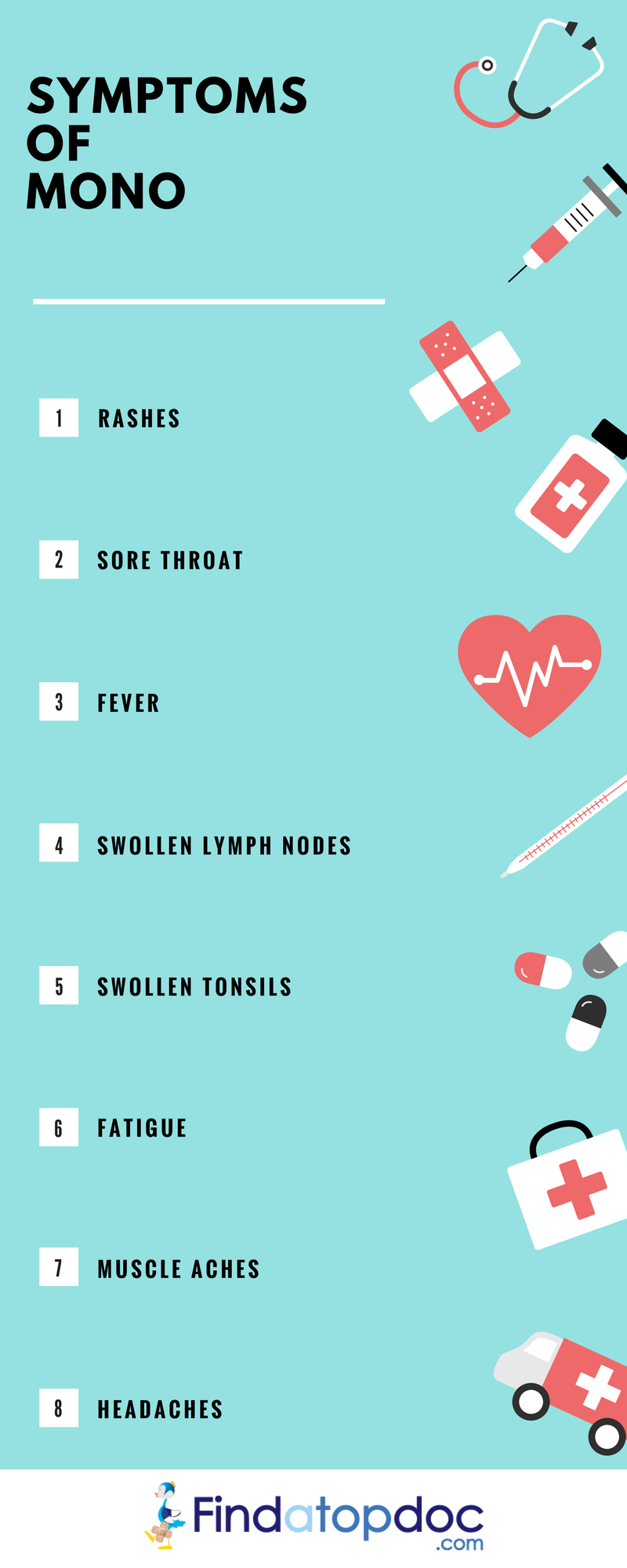Colorectal surgeons, also called
proctologists, are physicians who specialize in the medical and surgical treatment of conditions that affect the lower digestive tract. Colorectal surgeons undergo extensive education and advanced training. They have comprehensive knowledge about general surgery and in the diagnosis and treatment of disorders of the colon, rectum, and anus.
Source
Job Description
Proctologists specialize in the preoperative, operative, and postoperative care of patients with colorectal disorders. Conditions treated by colon and rectal surgeons include the following:
- Anal abscess, anal fistula, and anal fissure
- Bowel incontinence
- Colorectal cancer
- Colorectal polyps
- Hemorrhoids
- Inflammatory bowel disease (IBD; e.g., Crohn's disease, ulcerative colitis)
- Irritable bowel syndrome (IBS)
- Rectal prolapse
Salary
Proctologists begin their careers with four to five years in a general surgical residency, followed by a year or more in a specialized fellowship. Their salaries fall into the mid-range for doctors' pay.
Median Incomes
According to specialty recruiting firm Profiles, the median salary of proctologists in their first year of practice was $292,000 per year in 2011. The American Medical Group Association, in a survey of physicians employed by its members in 2009, reported a median income of $394,723 for colorectal surgeons across the board.
Average Incomes
Proctologists' average incomes closely parallel the median incomes. Profiles report an average annual income of $389,700 for proctologists in their sixth year of practice, when most have passed the necessary exams to become board-certified. The Medical Group Management Association reported an average salary of $407,273 per year for colorectal surgeons in its 2011 survey.
Education
Proctologists are required to attend a four-year medical school accredited by the Liaison Committee on Medical Education (LCME). Students must undergo an intensive curriculum including classroom, laboratory and clinical instruction. Classes during the first two years include physiology, biochemistry, anatomy, psychology, pharmacology, microbiology, medical ethics and laws and pathology. The final two years are spent gaining supervised clinical experience in specialties, such as obstetrics and gynecology, internal medicine, family practice, pediatrics, psychiatry and surgery. At the close of the program, graduates are conferred with a MD (Medical Doctor) degree.
The Bureau of Labor Statistics' 2011 projects that demand for doctors will grow by 24 percent between 2010 and 2020. This is much higher than the average for all occupations. The bureau points out that the aging baby boom generation will account for a disproportionate percentage of health care. This is likely to create strong demand for proctologists, since hemorrhoids, cancers and many other conditions of the digestive tract are more common in the elderly.
